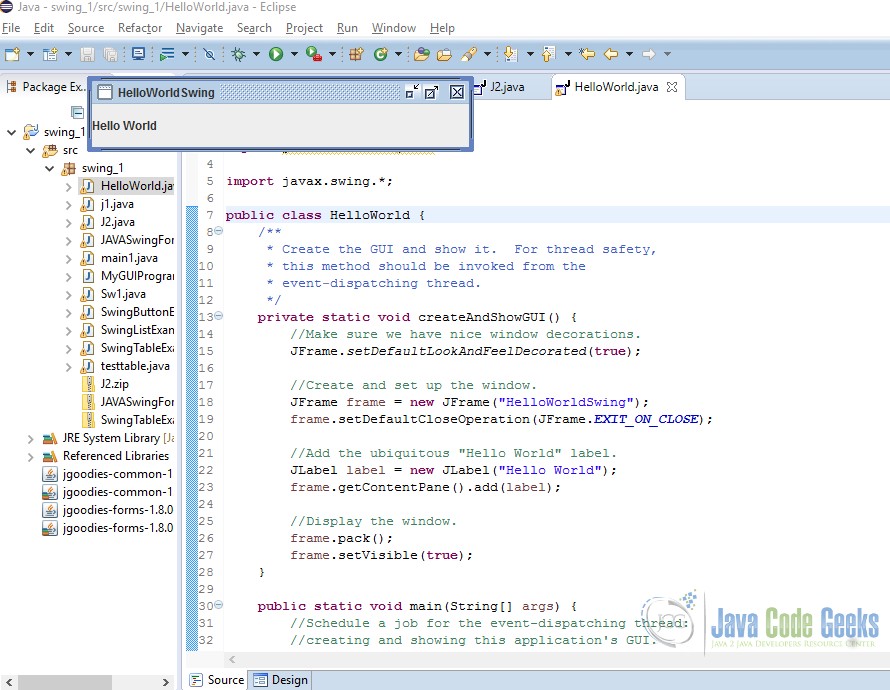

Certainly, using an IDE would help you get rid of a lot of otherwise hard work! For example, Java has Eclipse IDE, which helps you create a game project and get started on coding. If you are a programmer, you would know what an IDE is. Think about how you want your game to be – 2D/3D? Is it a puzzle, a quest, a board game? You would have figured out most of these things previously, but in this step, you can add more details to your design and keep adding more stuff as you get more ideas and clarity – the earlier, the better! Now that the game engine is ready, we need to start our game design. However, all of it is worth it if you love algorithms, linear algebra, Design patterns, OpenGL, and more, want something to own, and can wait to put things together for work. Caution – you would have to do a lot of studying and bear with days when nothing would work! It is also tough to build something better than the already existing complex game engines. You can use Java, Python, or C++ to build your game engine. If you are still not convinced about using a game engine and have some prior programming knowledge, well, we would not stop you from building your game engine. Some other popular game engines are Godot, GameMaker, and Unreal. Unity is one of the most popular game engines used by many developers. Doing everything from scratch is tempting but can consume much time. Whether you are a programmer or not, using a game engine is going to save you a lot of time and effort. Game engines provide a lot of APIs where you can have graphic objects, sound effects, physics objects, and more into one single game object, rather than having a separate package for each component.

These components can be reused by the developers to build their game framework. The game engine is an environment where you can add different features like collision management, animations, artificial intelligence, and much more without the need for coding any of them. There are other IDE’s like Visual Studio, CodeBlocks, and P圜harm too. Look at this simple desktop game similar to DxBall, built using Eclipse IDE (Java). Ok, now that we have got the idea, expanded it, and have a good draft, we need to choose a game engine!įor classic 2D games, you can do away with the graphics of IDE, however for more complex and interactive games you would need a proper engine that takes care of filtering and managing resources to improve overall performance. A little out-of-the-box thinking works! Game Engine It might also be useful to think of what kind of games you or your friends like to play, or while playing if you ever thought of tweaking something to make it better. Global Game Jam and Ludum Dare are some popular jams. There would be loads of other jammers helping you out during the entire time.

#Java shooting game source code full#
#Java shooting game source code how to#
Happens to a lot of us at some point in time! Every time we have played a video game, we have wondered – what if…! So, we thought of researching a bit and finding out how to go about creating a game in the most straightforward possible manner. */ // Extends JPanel, so as to override the paintComponent() for custom rendering codes.Crazy about online games? Have a great idea about a game, but do not know where to start? Fed up of existing games and want to build your own, but don’t know where to start? * One ball bouncing inside a rectangular box. DemosĬlick the image to run the DEMO Applets: Example 1: Getting Started with One Bouncing BallīouncingBallSimple.java: Writing a single ball bouncing inside a rectangular container box is straight forward, and can be accomplished with very few lines of codes, as follows: Let us begin by getting some balls bouncing, as an introduction to game programming.

Java Game Programming Introduction - The World Of Bouncing Balls


 0 kommentar(er)
0 kommentar(er)
